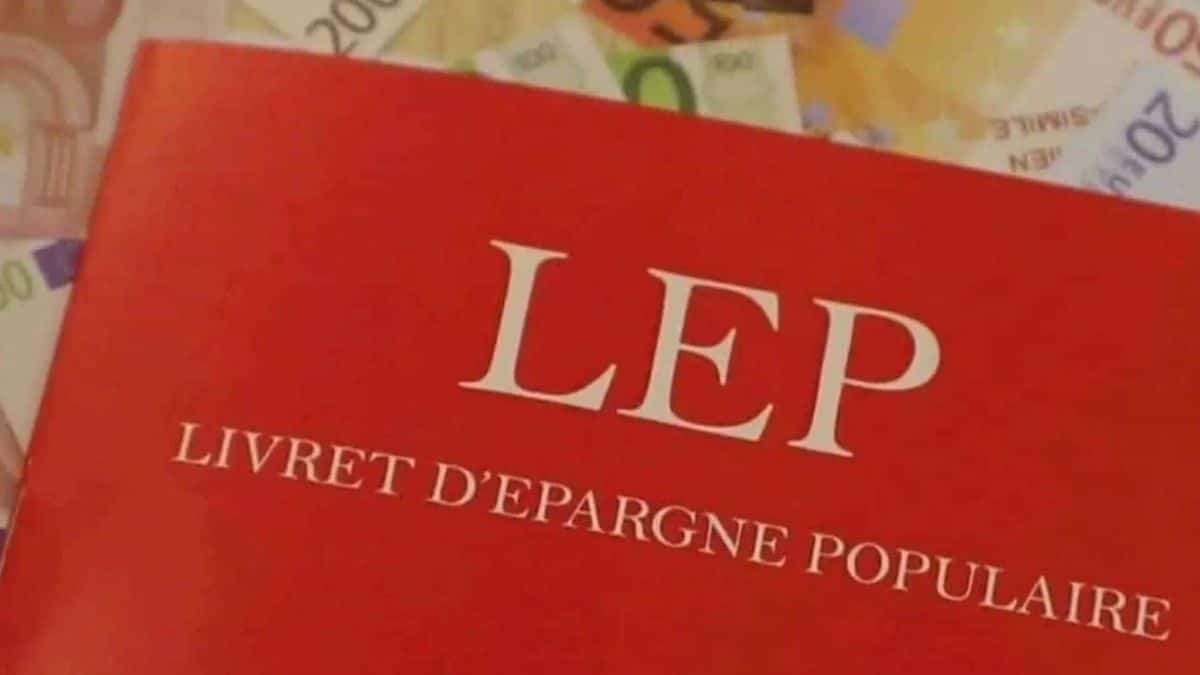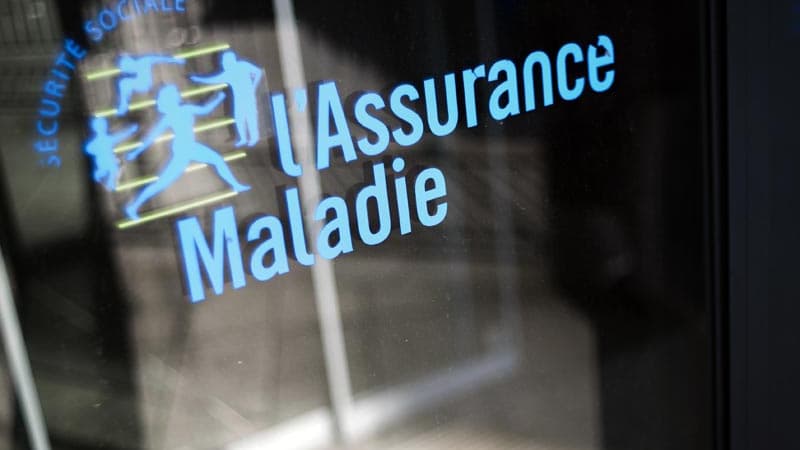Mexican Debt, Wall Street’s New Darling | economy

The recent issuance of Mexican debt bonds in international markets, “the largest placement in its recent history,” according to the government, was received by Wall Street with such appetite that demand tripled the amount offered. This, despite criticism of Andrés Manuel López Obrador’s government for protecting the state’s monopoly in the energy sector and confrontation with its main trading partner in agriculture. Description of Near shoreExchange rate strength and a surprising economic expansion contributed to the country paying relatively low rates.
Mexico placed $7.5 billion in debt on Tuesday among those with a BBB rating, including Italy, Peru, Cyprus, Hungary and Indonesia, making it the country with the most outstanding debt in international markets. The Ministry of Finance went to the market on the first business day of the year, as has been the practice in Mexico for ten years, to send a message of financial and economic strength and to step up competition.
To gauge the size of this month’s overwhelming placement of sovereign paper, it is enough to compare the figures. The $7.5 billion in this first week of the month exceeds the total amount of debt issued during 12 months in recent years. That’s more than 5 million in 2016 and nearly double the 4.8 in 2019. The sweet moment that the Mexican economy is experiencing is represented in a phrase passing through Wall Street trading floors: “Mexico is the darling of the markets.” ”
From abroad, lawmakers and analysts have expressed their displeasure with a law promoted by López Obrador that guarantees monopolies for state companies in the energy sector, which is considered protectionist and violates the USMCA trade agreement with the United States and Canada. Additionally, the president’s insistence on banning genetically modified corn imported from the United States has created friction between trading partners. But Luis Gonzali, a mathematician and financial strategist at Franklin Templeton in Mexico City, believes that the description of Mexico as a country that has everything to attract foreign investment in the coming years is prevalent.
“We start 2023 with high country risk,” says Gonzali, referring to the 130 basis points marking credit default swaps (CDS). These are now trading close to 90 basis points. “This has to do with many factors. Among them, the fact that we have grown more than last year, the fact that the exchange rate has strengthened so much, which makes it easier to pay the debt in dollars, and this narrative that exists now in Mexico. . Near shoreThe narrative that Mexico has a resilient economy is improving.
This reduction in the country’s risk premium makes the moment prime for issuing new debt, and the rates negotiated by the Treasury reflect this. According to the agency, $1 billion was placed for five years at a rate of 5.07%, which is 37 basis points cheaper than in January 2023. The $4,000 million in 12 years was placed at 6.09%, 30 basis points cheaper than a year ago, and the $2,500 million in 30 years that will pay 6.45%, just 11 basis points more expensive than the bonds issued in April. last year “Debt has become more expensive around the world,” explains Gonzali, due to increases in interest rates by central banks to curb high inflation, “but these rates are good for Mexico.”
The Undersecretary of Finance and Public Credit, Gabriel Yorio, published on Wednesday on the social network that with this issue, the level of debt is less than 48% of the Gross Domestic Product (GDP). However, this represents a significant increase, which has been announced since September, when the Treasury presented its budget to Congress for 2024. The budget deficit is about 1.7 trillion pesos, equivalent to 4.9% of gross domestic product (GDP). , which level has not been observed. Since 1989. Resources will be allocated, mostly, to completing López Obrador’s emblematic infrastructure projects, as well as increasing social spending to an “unprecedented” level of 12.8% of GDP.
The broadcast we did yesterday @Hacienda_Mexico It is very important for several reasons:
It had an unprecedented demand of 21 billion, showing global confidence in Mexico.
🔸We achieved lower rates due to the positive perception of our economy that…
— Gabriel Yorio (@GabrielYorio) January 3, 2024
“We continue to issue debt, there is appetite, credit ratings remain stable and the fundamentals of the economy remain sound,” says Gonzali, “but all eyes will be on next year’s budget.” In June, Mexico will go to the polls to choose a new president. “We have had a high deficit for two years and fortunately we have a favorable exchange rate and growth, but we cannot be at the mercy of this continuing. I think the next debate will be this new administration: What will its treatment of the debt be?”
Subscribe here Go to the EL PAÍS Mexico newsletter and get all the main information on current events in this country
Subscribe to continue reading
Read without limits
_





